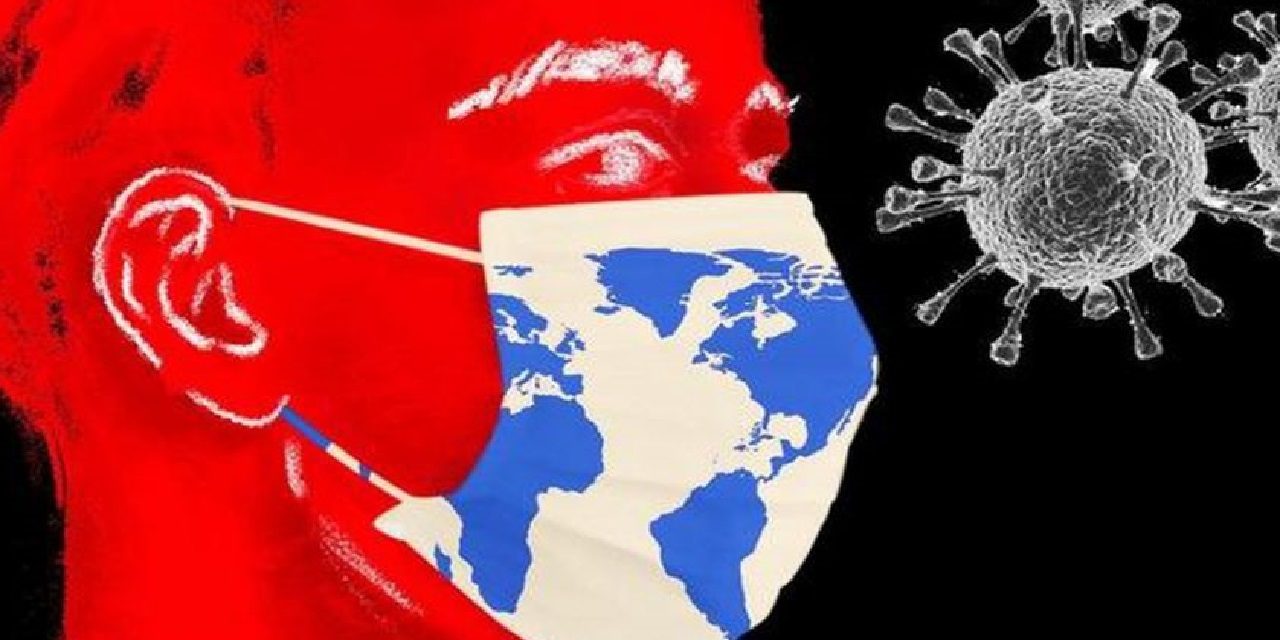Yet California did just that while New York rolled the dice with its citizens by siding with political allies during an election year, and the result was disaster for people there. By April, a phylogenetic network analysis showed how it spread from Wuhan to Europe and America - and that New York and New Jersey were hit so much harder because they didn't want to listen to scientists.
The first case of the virus on March 3rd and jumped to 260,600 positive cases by mid-May. The presence of a pathogen is not disease, for over 99 percent of people it will mean nothing or a cold, but Manhattan is a small island and has many visitors. By not restricting travel, instead of a "patient zero", New York increased its risk by 11,000 percent - at least 109 different sources that burst into chains of infection. Mostly via Europe.

For the study, the researchers collected viral genetic information on 864 nasal swabs taken from New Yorkers who had tested positive for COVID-19 between March 12 and May 10. Most of the people were from Manhattan, Brooklyn, and Nassau County on Long Island. Then, the investigators compared the gene sequences of the virus from these samples to those seen in the original strain isolated last winter from patients in Wuhan, China, where the pandemic is believed to have begun.
The study revealed that the genetic codes of the virus in New York more closely matched those of strains from Europe than those from China, where the virus originated. In addition, some of the early chains of infection from person to person ran at least 50 people long.
The conclusions are inference because the sequences analyzed in the study accounted for just 10 percent of COVID-19 patients within a single hospital system in New York.





Comments